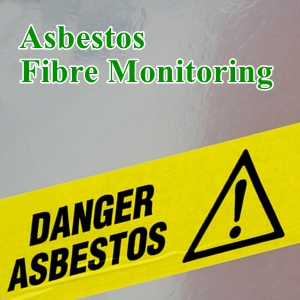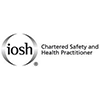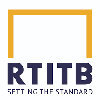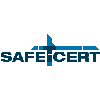ASL Safety & Training
Service Outlines - ASL Safety and Training
Service Outlines - ASL Safety and Training
Asbestos Fibre Monitoring

Sampling of asbestos fibre levels may be required for various reasons including identification, source of contamination, assessment of personnel exposure, determination of background levels, and efficiency and effectiveness of control measures.
Today exposure to asbestos is recognised as one of the most hazardous situations in the workplace, and it is because it is so dangerous, asbestos exposure monitoring must be performed during every work project that is done in the presence of asbestos.
- Asbestos exposure monitoring is used to ensure that control measures are deemed effective when working around or removing asbestos containing materials, and to control the airborne fibres generated by the degeneration of materials that contain asbestos.
- Asbestos air monitoring can also assist to provide a quantitative analysis of the risk. Air samples must be taken to ensure proper monitoring of the environment, if asbestos materials are to be disturbed during any work processes.
These steps are taken when asbestos containing products are found to be in poor condition or when asbestos containing materials are being removed from the premises and inculde the following tests and sampling;
Background Sampling
Background sampling is conducted to establish ambient airborne fibre levels prior to commencing any activity that may lead to airborne asbestos contamination.
Leak (Enclosure Check) Testing
Sampling outside an enclosure and in adjacent areas during the removal process to ensure environmental control measures are being maintained.
Reassurance Sampling
This type of monitoring may be required in certain circumstances (such as when an enclosure has been dismantled on completion of asbestos removal) to confirm that the residual airborne asbestos fibre concentrations are less than 0.010 fibres per cubic centimetre of air sampled.
Site Clearance Certification for Re-occupation
Site clearance certification is carried out once asbestos has been removed or encapsulated to provides assurance to you and third parties that the area is asbestos-free/safe.
NOTE - Legal Requirements:
- Asbestos Exposure air monitoring samples must be analysed by Phase Contrast Microscopy (PCM) in accordance with the Safety Health and Welfare at Work (Exposure to Asbestos) Regulations, 2006-2010
- Employee asbestos exposure is measured by collecting representative personal air samples. It is a legal requirement to carry out personal monitoring when working with asbestos.
At ASL, we work to prevent the exposure of airborne asbestos fibres;
- We monitor any potential asbestos exposure in order to ensure hazard-control measures are implemented to protect employees.
- We will collect numerous air samples and measure the levels of exposure employees may face during any potentially hazardous work activities.
- To best manage the risk, we will locate and assess the conditions of all the asbestos containing materials that are located in your building(s).
- We create detailed reports that present the data to you in a clear and concise manner so your company can implement the most effective exposure management system.
- Our team monitor sites to ensure asbestos fibre levels in the air are kept to a minimum, and within regulation guidelines.
ASL helps to ensure that your building is in a good state and that the risk of exposure is minimal to none.




















